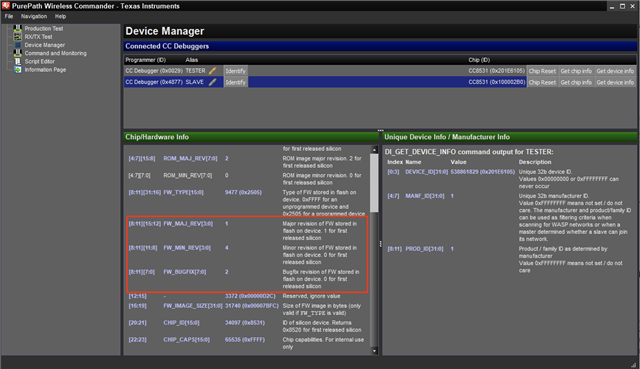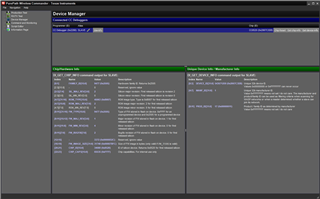Other Parts Discussed in Thread: PCM1754
Setup:
- Receiver with CC8520 and PCM1754 DAC, power always on
- Transmitter with CC8520 is powered on and off
Problem:
- Receiver generates an ugly pop noise when the transmitter is powered on
Root cause:
- Receiver stops I2S clocks for up to 100ms when transmitter is powered on (in 95% of cases)
Attachment:
- Oscilloscope capture on receiver (green: MCLK, yellow: Vcc power of CC8520)
What is the reason for the CC8520 receiver to interrupt the I2S clocks? How can I ensure the I2S clocks are running continuously and non-interrupted?
?




